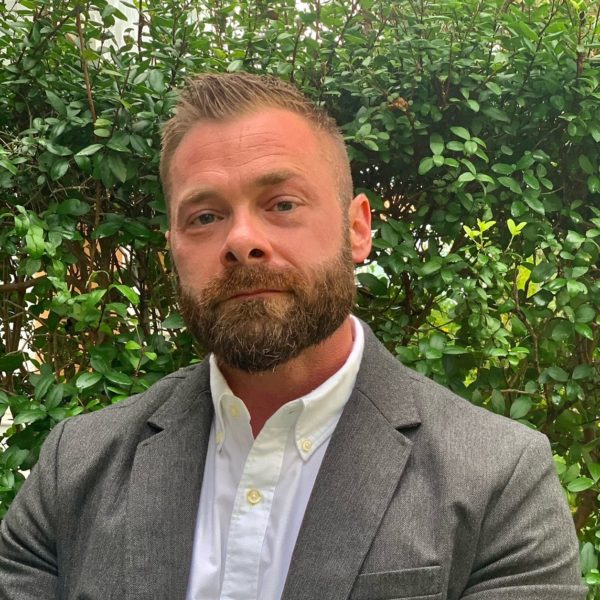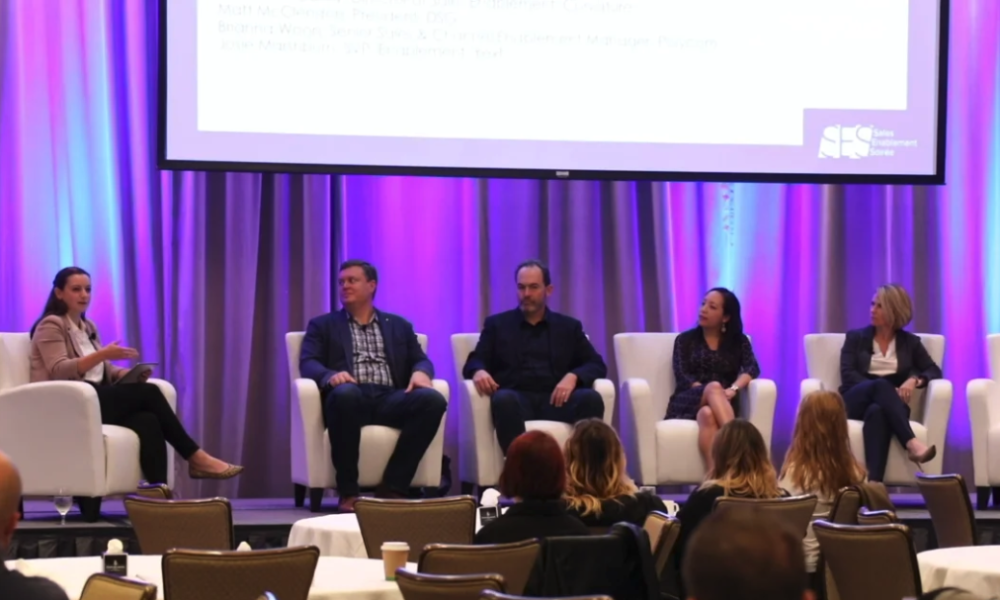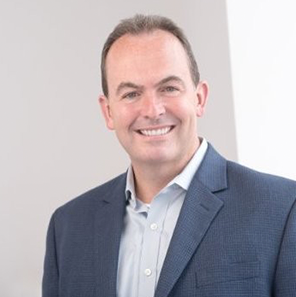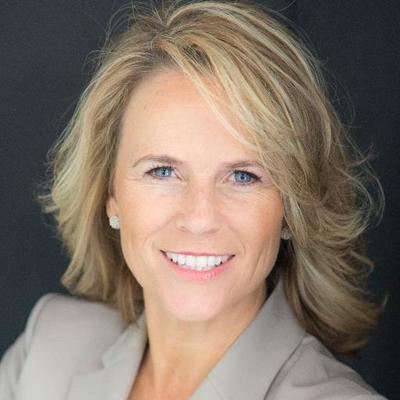Episode 42: Trevor Yeats on Procuring a Sales Enablement Solution
3K Views | 13 Min Read
Shawnna Sumaoang: Hi, and welcome to the Sales Enablement PRO podcast. I am Shawnna Sumaoang. Sales enablement is a constantly evolving space, and we are here to help professionals stay up to date on the latest trends and best practices so they can be more effective in their jobs. Today I’m excited to have Trevor join us.
I would love for you to introduce yourself, your title, and your organization, Trevor.
Trevor Yeats: Hi, my name is Trevor Yeats. I’m a director of business to business marketing at Verizon Media. We sell digital advertising on premium brands like Yahoo, TechCrunch, and HuffPost. I lead sales enablement initiatives for North America and I partner closely with colleagues from other regions to share best practices globally.
SS: That’s very, very cool. Trevor, how did you determine a need for a sales enablement tool within Verizon, and what were some of the key urgency drivers that you were identifying?
TY: Well, about a year ago actually, I conducted a listening tour of sales. I wanted to learn more about a go-to-market process, and I asked open-ended questions. What’s going well, and what could be better? And by far, the number one opportunity for our organization was to improve the search and discovery of our sales collateral. So, we really kicked off an initiative to explore different options and we were encouraged by our senior leadership to explore a partnership with a third party sales enablement partner.
SS: Okay, very cool. And what were some of the steps that you took and that you’d recommend other practitioners take when it comes to securing stakeholder buy-in for new solutions, that they’re value-added?
TY: The very first thing you have to do is build a rock-solid business case and be super clear about the problems you’re solving for and make sure that leadership is aligned both on the marketing side and on the sales side. The next step is to really evaluate the universe of potential partners. There are a lot of partners out there and you should look at starting a partnership with a sales enablement provider like entering into a long-term relationship.
You can use third party resources like Forrester to narrow down the list of candidates that you might invite for a demo. But what I found was that if you actually reached out to somebody who had experience working with one of the partners. That was gold. And so I recommend that you leverage your entire network. You might reach out to other departments in your business and see if their marketing departments have experience working with a certain partner, or you might reach out to business school classmates, or friends, or former work colleagues.
Then once you have identified a shortlist of on folks that you want to invite for a demo, I recommend that you create a panel to help you evaluate each potential partner. A panel of marketers and a panel of sellers. And if you’re thinking about replacing an old tool with a new tool, it’s really mission-critical that you invite some power users of the old tool to help you take a look at these potential new tools. You definitely want those people bought in on whatever partner you move forward with.
And then I recommend that you take some time to help each partner put their best foot forward during the demo process. That includes setting up a call to let them know a little bit more about your business, your goals, how you’re organized, and I also recommend that you share the evaluation criteria with them before they actually present to your teams. I had a short survey that I planned to send out after their presentation. I shared that survey in advance so that there was complete transparency. I actually think you learn a lot about the partner during this process. Take notice of: how well do they listen, how much do they tailor their presentation just for your company.
And then finally, I would ask each potential partner for a customer list and case studies. What you’re looking for is demonstrated success in a comparable industry, in a comparable company size.
SS: So since we landed on company size, I am curious — getting through the procurement process for really anything, but especially within an organization that’s the size and scale of Verizon — I’d love for any advice that you have for our listeners on how to ensure the process runs as smooth as possible when purchasing and procuring a new solution.
TY: Sure thing. The number one thing I recommend is to start off by talking to somebody who has managed the process before. Ask them what were the steps, what would you do differently, what are your tips on how to move forward, and what are potential pitfalls? And then I would set proper expectations with everybody within your organization in terms of how long it’s going to take, what the steps are and how they can help you along the way.
Next, I recommend you control the controllables. It’s actually one of my life mantras. There will be times when the ball is in your court and there’ll be times when you’re waiting on other people to take action. So, the ball’s in your court, you have to do everything you can to act swiftly and reply with the most accurate and complete information so that the person taking action after you has everything they need, and doesn’t have to circle back and iterate.
Another thing I recommend is humanizing the process. A lot of times in a large company, things are automated. So, you’ll go into some sort of ticket system and you’ll fill out a form. It really helps to just look at it who’s managing that form and get to know the business partners behind each and every stop. And then if they’re in your office, I recommend stopping by their desk and inviting them to coffee. If they’re not in your office, send them a Slack or an instant message, or set up a video chat and say that you would like to be their best business partner ever. And also ask them for tips on how to do that. I think you’ll instantly build rapport. Very few people actually take the step to get to know the people behind each segment. So, I think by humanizing the process, they’re much more likely to prioritize you and help you.
SS: Absolutely. I think that you are spot-on. There is a human element that often goes missing when it comes to work, so I am glad that you are humanizing the procurement process.
Once you made the decision to invest in a solution, I would love to hear from you just some tips on how you have rolled it out to the sales organization and really helped drive adoption among your sales reps. I know it can be really difficult with sales reps to get attention and share of mind with them, and so what are some of the things that you’ve done to do that?
TY: Sure thing. The first step is to really build a beautiful experience. So, do all the necessary prework to upload it, organize the content, make sure that it’s streamlined and on-brand so that when you do roll it out to a seller, they will immediately see the value you’re driving.
The next step is to really identify select sales teams to include in a pilot. You want to start small so that you can test and learn and iterate and improve before rolling out the solution to a larger organization.
I also recommend scheduling in-person training sessions. Especially for training on a tech tool, you’re asking people to change their behavior, and a technical solution can sometimes be complex. So, if you show up in person it makes the training a lot more engaging. You know, we don’t have endless travel and expense budgets, but you can probably identify the 20% of offices that are 80% of your user base.
Next, I recommend limiting the training to 30 participants so that each training feels like a two-way conversation versus just a one-way training session. And when you deliver the training, start by highlighting the number one problem you’re solving for. In my case, I ask people: raise your hand if you think that search and discovery of sales collateral is a challenge today. Everybody’s hands went up, and that really gave me permission to start my training exercise.
I also recommend making it super easy for sellers to get started right there. They are crazy busy people, and so what I did was I created a cheat sheet — just one sheet, front and back. One side was dedicated to how to find sales collateral and the other side was dedicated to how to send sales collateral to clients. And by making it just the one sheet, you’re delivering the perception that this tool is actually very easy to use.
Another thing that really accelerated adoption is that I enabled sign-on through our single sign-on provider. By doing this, it’s one less password for sales to manage and it also puts the solution right at their fingertips. It’s actually a nice “wow” moment when you kick off training and they’ve raised their hand and said that this is a challenge they’re facing, you told them that you have a solution, and then behold — it’s actually right there on their single sign-on home page. And immediately, these people start using the tool. If you’ve done your homework, they love it. I also recommend opening additional avenues of communication. You could create a Slack channel or host office hours or just walk the hallway and make yourself available.
SS: You know, obviously, adoption is a critical metric for success, but I’d love to understand the other metrics that you’re going to be taking a look at to understand whether or not an investment in a sales enablement solution made sense for your organization.
TY: Well, our key metric really ties back to the number one problem we’re trying to solve, and that is time spent searching for sales collateral. So, we really want to reduce the time spent. we also want to look for partner satisfaction levels with sales. We replaced an old tool with a new tool, so we’re also going to look at self-reported survey data to complement things like repeat visitors and adoption rates.
SS: Perfect. So, I love talking to you about the sales enablement solution procurement. I think that this has been a great topic and a great initiative to see you roll out within your organization. What are some of the other sales enablement initiatives that you might be working on over at Verizon?
TY: Well, you know, right now we’re in a pilot phase for the sales enablement tool. My number one priority is to scale the pilot to all of US sales and marketing, and then after that, roll it out to Canada early next year. I’m also going to partner with some of my international colleagues to take the solution global.
In addition to this tool, which has helped us improve search and discovery of sales collateral, I’m working on another tool that will help our sellers grow their reputation for thought leadership.
Basically, making it easier easy for them to share information about our company or industry trends on social media like LinkedIn and Twitter.
SS: Very, very cool. Well, Trevor, thank you so much for joining us today. I really enjoyed chatting with you.
And thanks to our audience for listening. For more insights, tips, and expertise from sales enablement leaders, please visit salesenablement.pro. If there is something that you’d like to share our topic you’d like to learn more about, please let us know, we’d love to hear from you.



















